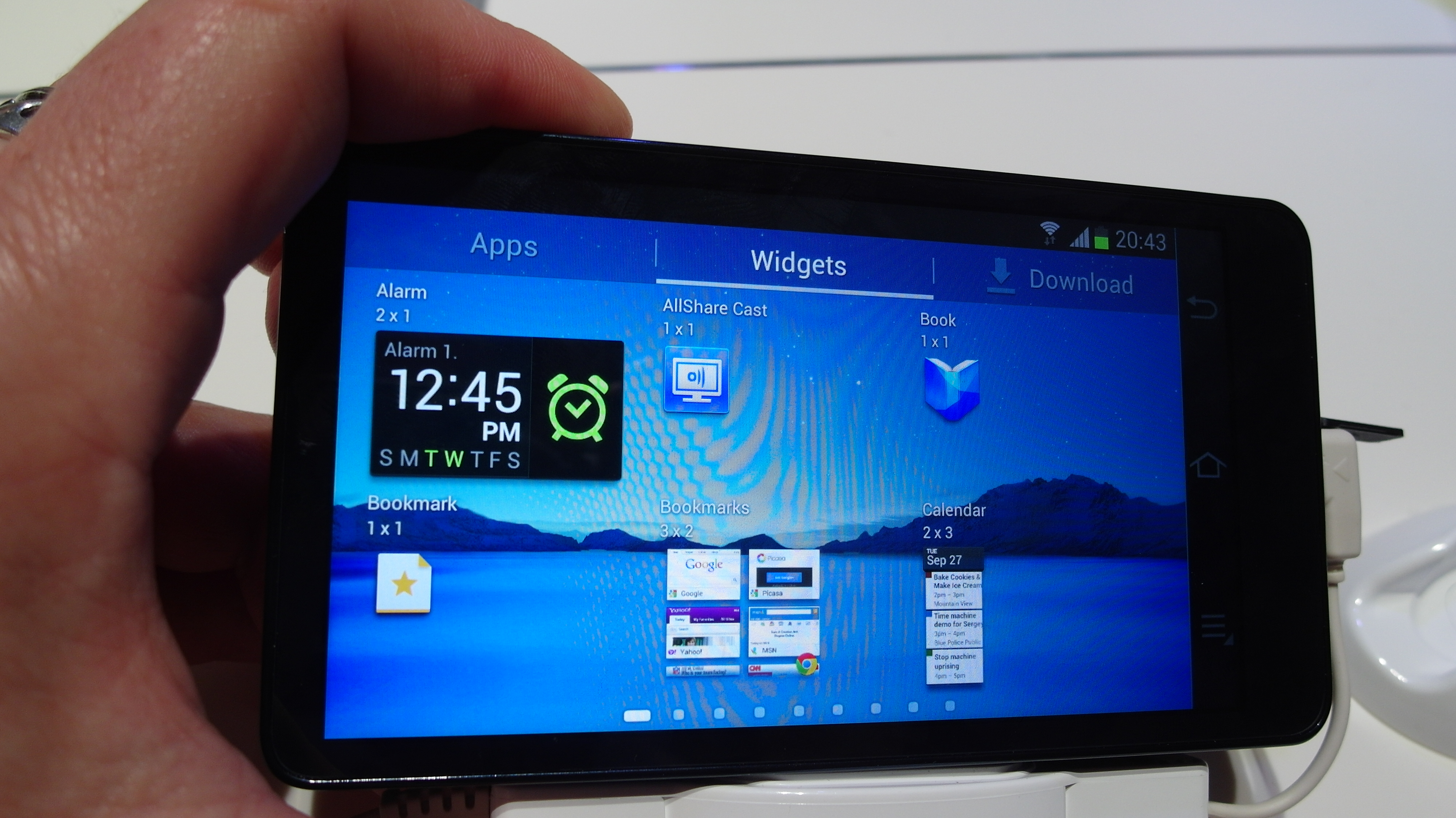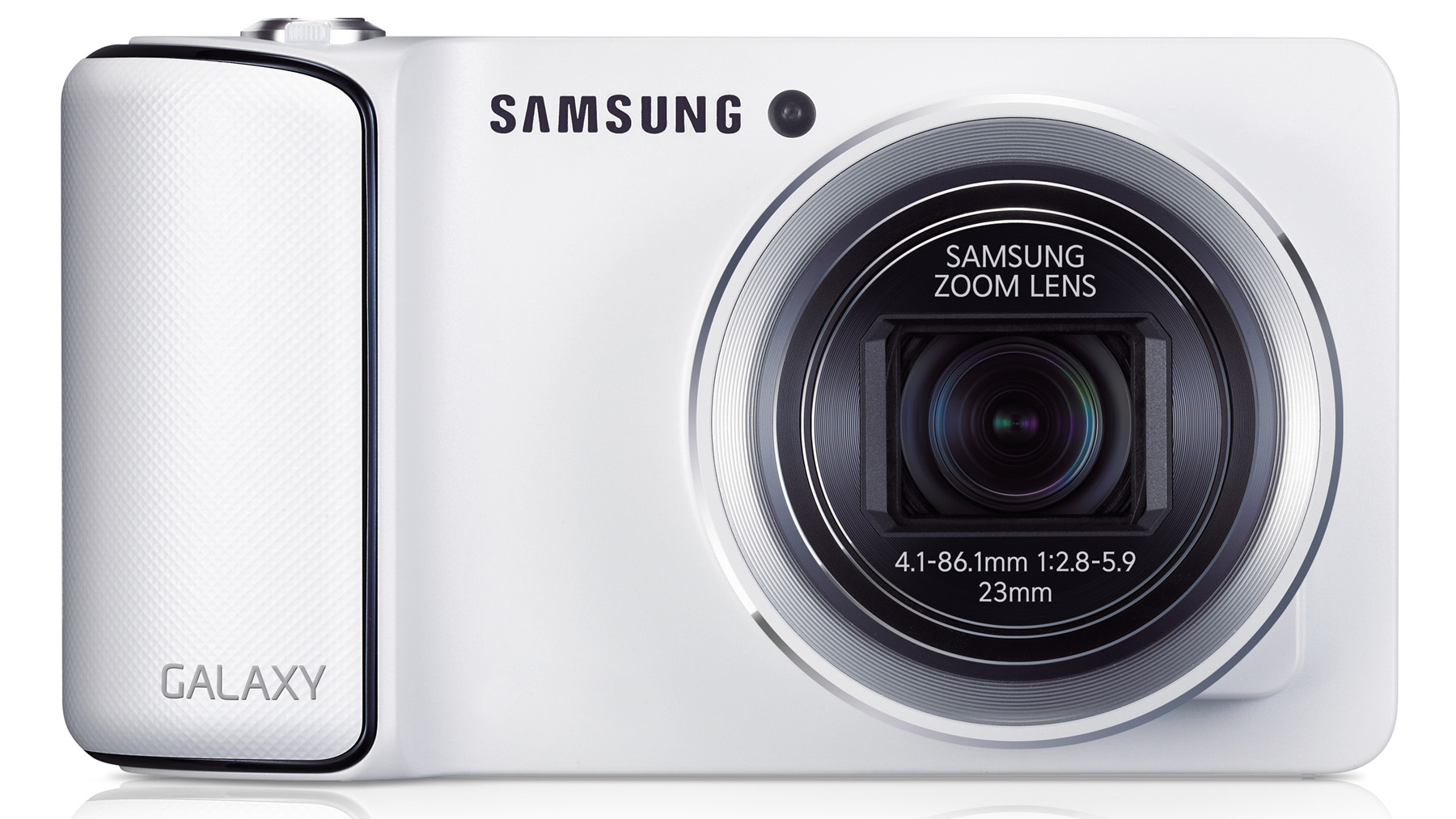Why you can trust TechRadar
Generally speaking the Samsung Galaxy Camera produces nice-looking images that are correctly exposed and sharp at normal viewing sizes.
As from some other Samsung compact cameras, the results can look a little hit and miss when examined at 100% on screen. Some look detail-rich and nice and sharp, while others taken in similar circumstances are a bit softer.
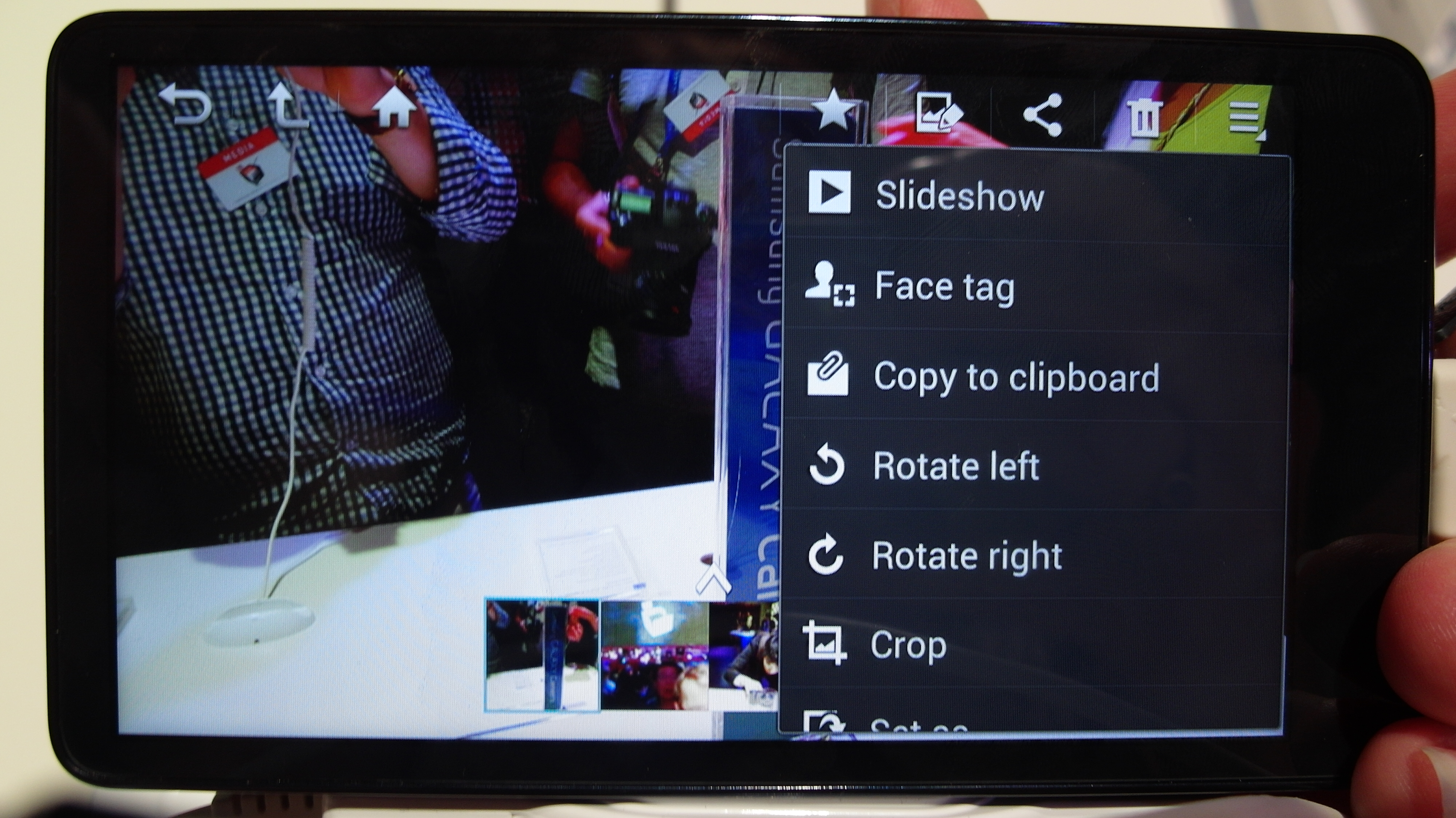
Noise is generally pretty well controlled, with little sign of coloured speckling even in images captured at the maximum sensitivity setting of ISO 3200.
There is, however, some softening of detail to conceal the noise, but nothing out of the ordinary and within acceptable levels. Dropping to ISO 1600 sees a significant improvement in detail reproduction.
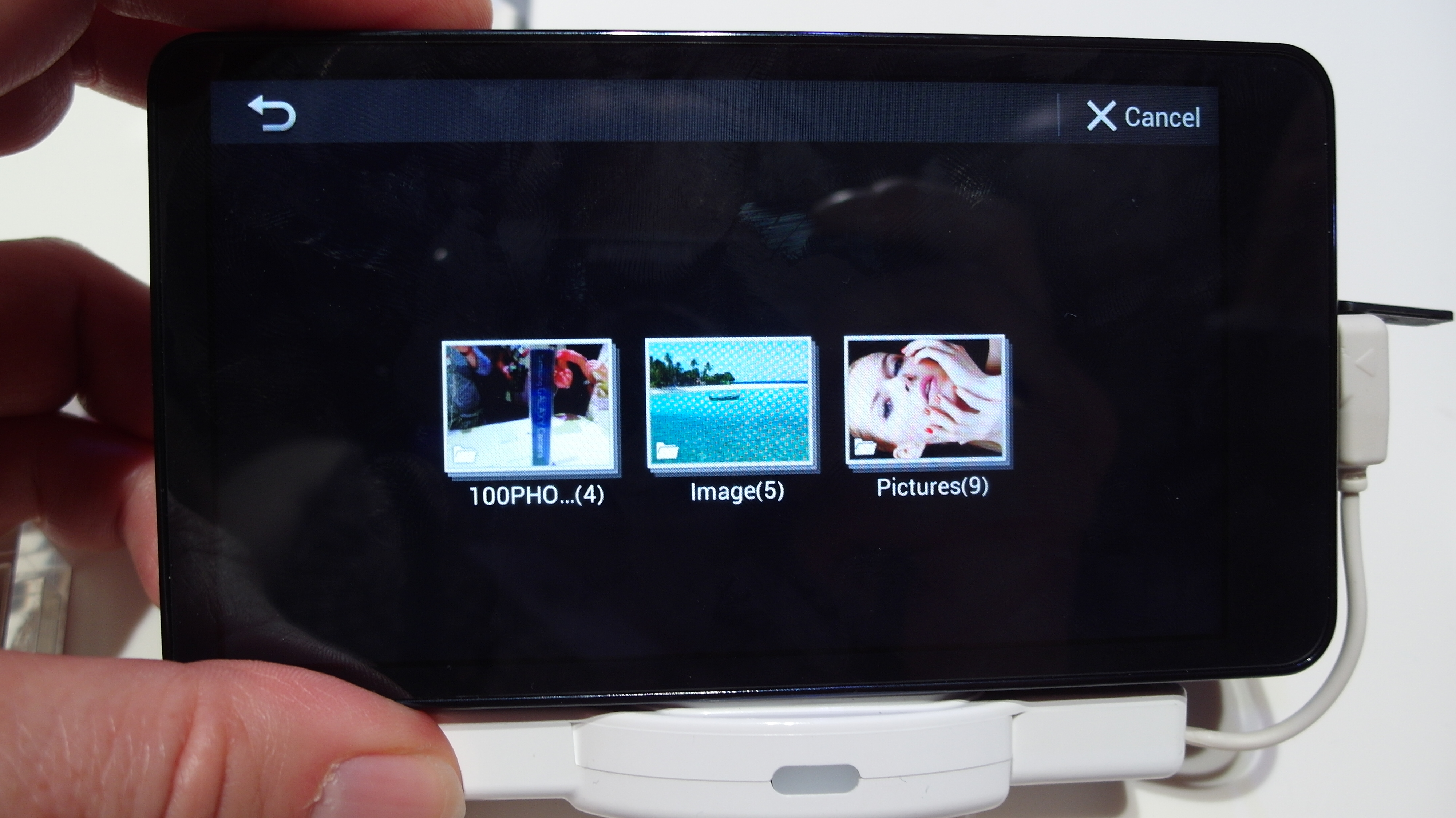
Colours are normally well represented when the camera is in its standard configuration in one of the expert modes. Switching to Landscape shooting modes boosts blues and greens, however, and blue skies and water look a bit too intense and oversaturated to appear natural.
Our lab tests show that the camera's dynamic range is respectable rather than impressive, since it can't quite match the Panasonic TZ30. This is borne out by our real-world images, some of which have burned out areas of sky as well as a cyan band that merges into blue.
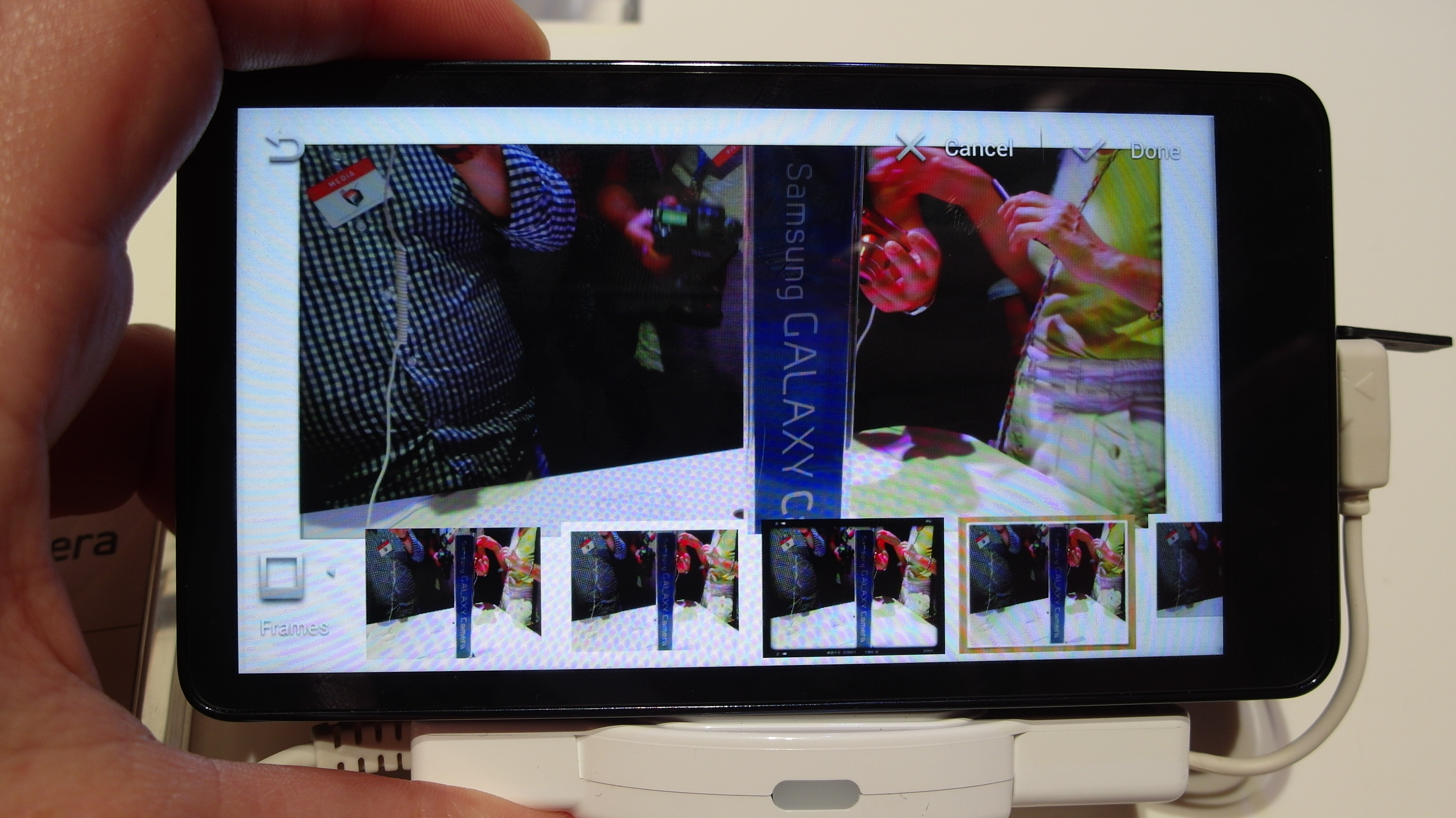
As a compact camera, the Samsung Galaxy Camera uses contrast detection autofocus, and it copes pretty well with most subjects. It only starts to struggle in very dark conditions, or when the subject has very low contrast.
Because the whole screen is available for AF point selection, it is usually possible to find a suitable area within the scene to achieve sharp focus.
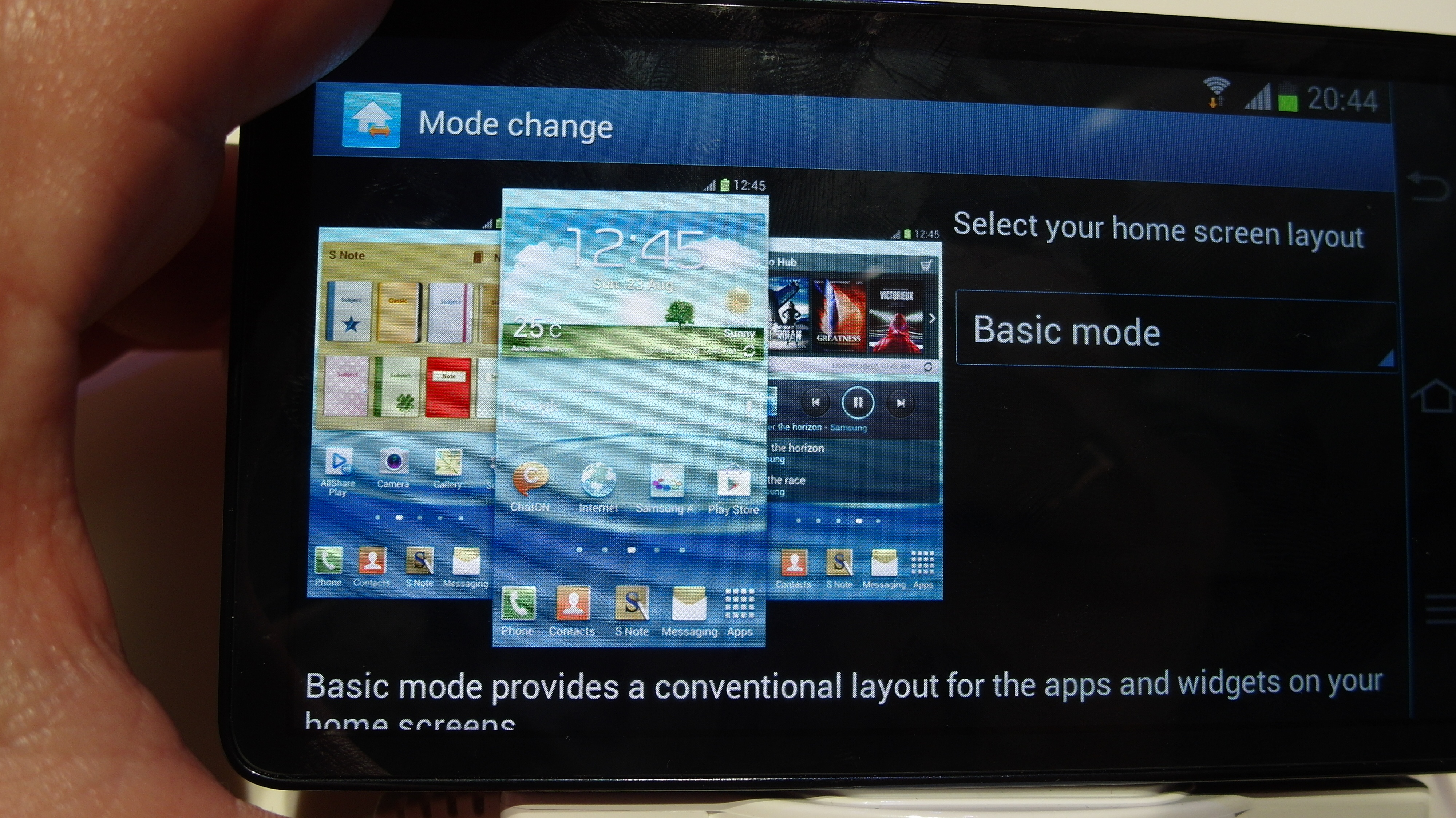
It would be easy to assume that the 21x zoom lens is compromised at one end or the other, but it performs well throughout the entire range, with no point delivering appreciably softer images than another.
Fringing is also controlled well, just subtly appearing along a few backlit edges towards the edges of the frame, and then only really being noticeable if you look for it when images are at 100% on the screen.
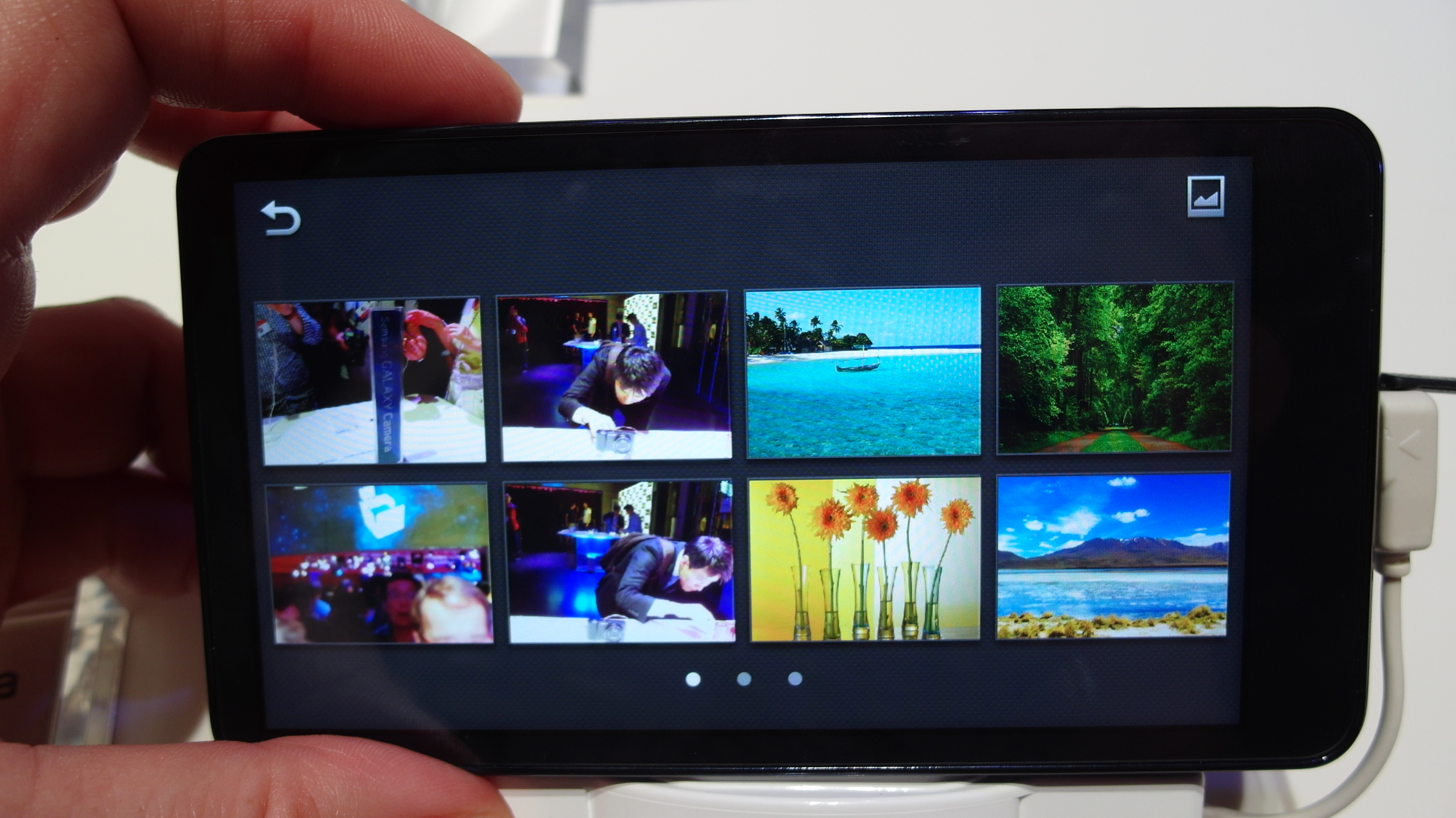
We particularly enjoyed using Best Face mode. In this mode the camera instructs you to hold the camera steady (and you need to tell your subjects to pose) while it takes a sequence of up to five shots. It takes a few seconds to process before displaying an image with boxes around the faces.
Tapping on each box in turn brings up the shot options for each face. Simply tap on the version you want for each face, to create a composite image. Obviously it will struggle to cope if the subjects move around a lot, but we found it does a great job of merging the image.
